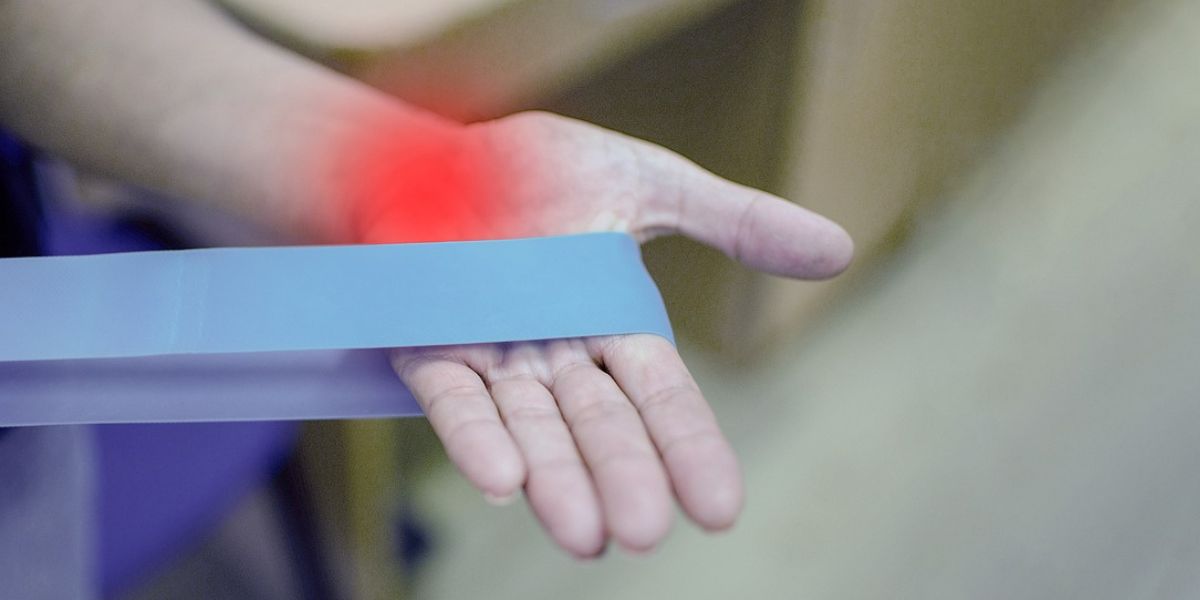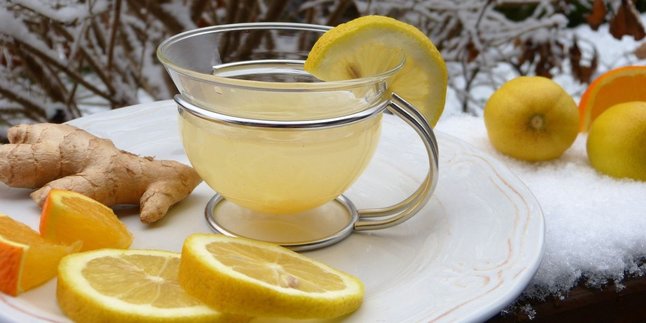Kapanlagi.com - Gout or gout arthritis is no longer just a health issue that affects the elderly. Surprisingly, many young people in their 20s are starting to experience gout symptoms due to unhealthy eating habits and lifestyles.
Unfortunately, many of them do not recognize these early symptoms until their condition worsens. The pain that arises is often taken lightly, whereas it could be a warning sign of high uric acid levels in the body.
To avoid more serious complications, it is very important for us to recognize the symptoms, pain points, and effective treatments for gout. Let's take a look at the complete explanation so that we can be more vigilant and maintain our health.
1. What is Uric Acid?
Uric acid, a painful inflammatory condition in the joints, arises from the accumulation of monosodium urate crystals formed when uric acid levels in the blood spike, a phenomenon known as hyperuricemia.
Often, this spike is caused by the consumption of purine-rich foods. These crystals tend to deposit in parts of the body with lower temperatures, such as the big toe, triggering unpleasant symptoms—sharp pain, disturbing swelling, and noticeable redness around the joint.
2. Causes of Uric Acid
High levels of uric acid are often caused by purines, compounds hidden in various foods and beverages that we consume.
Some major culprits to watch out for include alcohol, red meats like beef and lamb, and delectable seafood such as shrimp, lobster, and sardines.
However, it's not just diet that plays a role; other factors such as genetic history, complications from other diseases like diabetes or kidney stones, and the consumption of certain medications that affect purine metabolism can also increase the risk of uric acid.
Therefore, it is important to pay attention to what we eat and our health conditions to stay well.
3. Gout Symptoms to Watch Out For
Uric acid, a hidden enemy that can strike at any time, often reveals its presence through sharp pain in the big toe, caused by the deposition of uric acid crystals that disrupt our comfort.
However, don’t be mistaken, this pain doesn’t just stop at the toe; it can spread to the wrist, knee, and elbow, brutally interfering with daily activities.
Sudden attacks at night, when body temperature drops, can leave sufferers waking up in shock from the excruciating pain.
If left untreated, this condition can progress to the appearance of bothersome tophi lumps around the joints, adding to the list of challenges to face.
4. How to Treat Gout
To address gout issues, it is important to consult a doctor to receive appropriate treatment, such as Allopurinol which functions to reduce uric acid production, Colchicine to relieve pain during attacks, or Febuxostat as an alternative for those who cannot tolerate Allopurinol.
However, it’s not just about relying on medication; lifestyle changes are also crucial! Avoid foods high in purines and switch to low-purine foods, such as fruits rich in vitamin C and low-fat milk.
Also, make sure to drink enough water so that uric acid in the blood can dissolve properly, and engage in regular exercise—but remember to avoid heavy activities during an attack.
5. Gout Complications
According to information from the official website of RSUD Siti Fatimah in South Sumatra Province, if not properly managed, gout can trigger various serious complications that threaten health.
One of them is permanent joint damage due to the accumulation of crystals that damage cartilage. In addition, uric acid crystals that settle in the kidneys can potentially cause painful kidney stones.
Moreover, research also reveals that high levels of uric acid are closely related to an increased risk of heart disease, making attention to this condition very important.
6. Can Gout Be Cured?
Gout may not be completely eliminated, but don't worry! With the right treatment and the implementation of a healthy lifestyle, the symptoms can be well managed, allowing you to continue your daily activities comfortably and enthusiastically.
7. What Foods Should Gout Sufferers Avoid?
To maintain body health, it is important to avoid consuming foods that are high in purines, such as offal, red meat, seafood, and alcohol.
8. What is the Difference Between Gout and Rheumatism?
Gout and rheumatism may sound similar, but they have different causes: gout occurs due to the accumulation of urate crystals, while rheumatism is caused by joint inflammation due to autoimmune disorders.
(kpl/rmt)
Disclaimer: This translation from Bahasa Indonesia to English has been generated by Artificial Intelligence.












